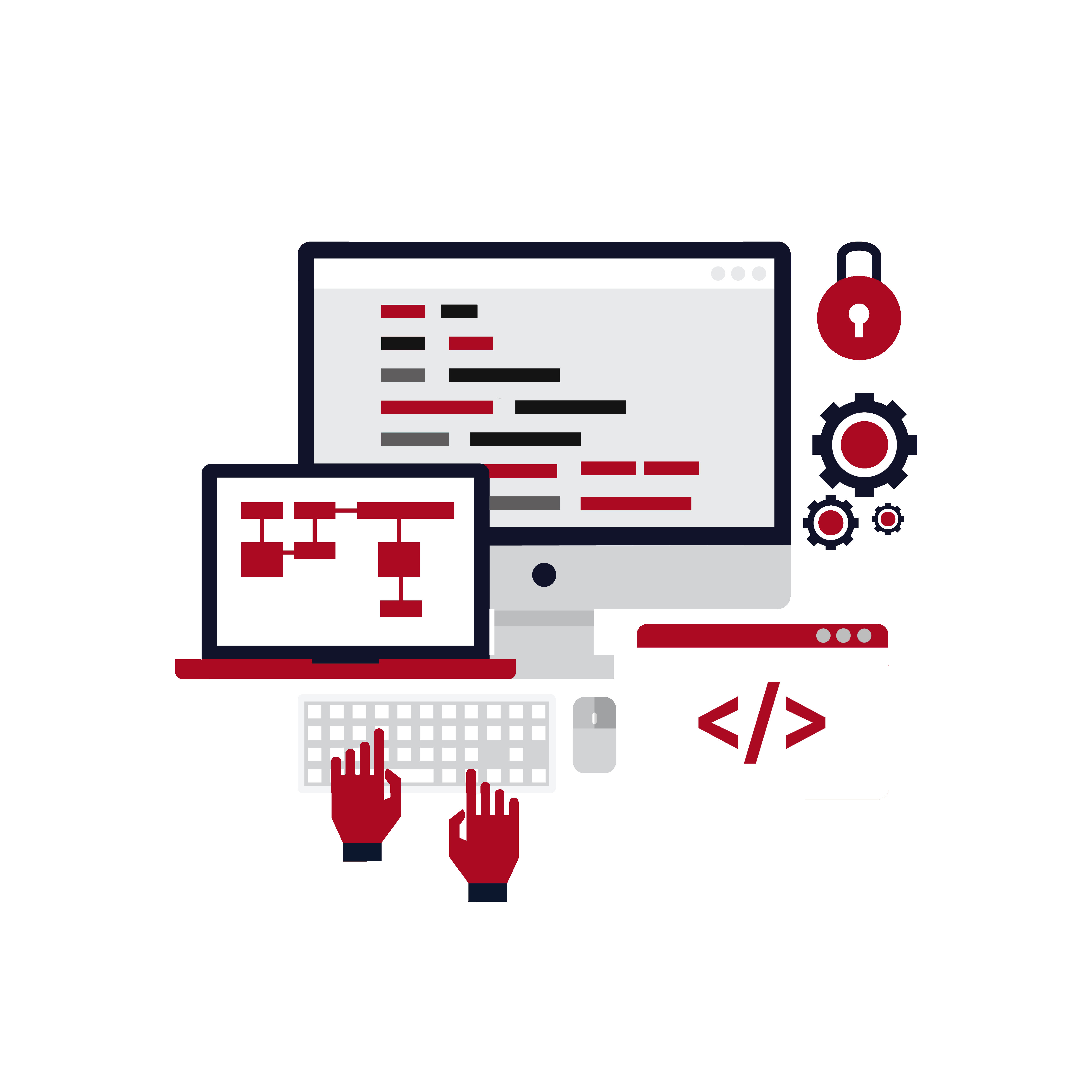Programming for Data Science
Power Programming
3 Weeks Live Sessions | 4th Weekend Campus Immersion
R and Python are the two most widely used programming languages in Data Science. They are crucial tools in any Data Scientists’ tool box. This bootcamp will provide the necessary programming skills that are critical to your Data Science career.

Programming for Data Science

Hands-on Coding with Python and R
Ability to use Python and R to perform programming functions like loading, modifying, subsetting, functions, looping etc
Statistical Analysis
Master Statistical Analysis using R and Python
Visualization
Build beautiful visualizations using the libraries in R and Python
Why this Bootcamp

Work on Real-life Data Science Problems
Take your career headon by working on projects using a competency based learning paradigm. Quality of time spent and the outcome is far more important than the quantity.

Work 1:1 with a Mentor
We pair you with a mentor who has extensive professional and academic knowledge of the field. You’ll have one-on-one conversations with your mentor, and receive useful feedback on improving your work.

We Will Keep You Engaged
Our mentors are here to keep you motivated, answer questions, provide feedback, and help deepen your understanding of essential tools and techniques. Learn with live online classes and face to face sessions. Learning is best when you are able to ask the questions and clarify your doubts with the faculty.
What You Will Learn
Unit 1: Getting Started with R
■ Getting Started with R, R Packages
■ Debugging, Vectors, Matrices, Lists, Data Frames etc.
■ Basic Visualization with R
■ Manipulating Data with R- EDA, Data Cleansing
Unit 2: Python Programming
■ Getting Started with Python, Reading Data, Querying, Pandas, Jupyter Notebook
■ Manipulating Data with Python
■ Basic Visualization with Python
Unit 3: Skill Labs
■ Hands on analytics with programming. Showcase your Data Science portfolio on GitHub
Sample Projects
1. Discover uncertainty propagation in media using dimensionality reduction and variable selection methods with R
2. Deal with dirty data, normalize data types and clean the data set using Python.
3. Use image processing to identify the image in a given dataset using Python. For ex. Click a picture of the night sky, import to python and count the number of stars, validate if all are stars etc.
Ability to be learn hands on with real industry data and delivering insights to industry jury is the best part of the program. Data Science and its application for Decision Science with practitioner faculty is the biggest highlight of the program. Strongly Recommend it.
Vinod Tiwari
Senior Analyst, TCS
Is this program right for you ? Get the advice from a Senior Counselor

Programming for Data Science